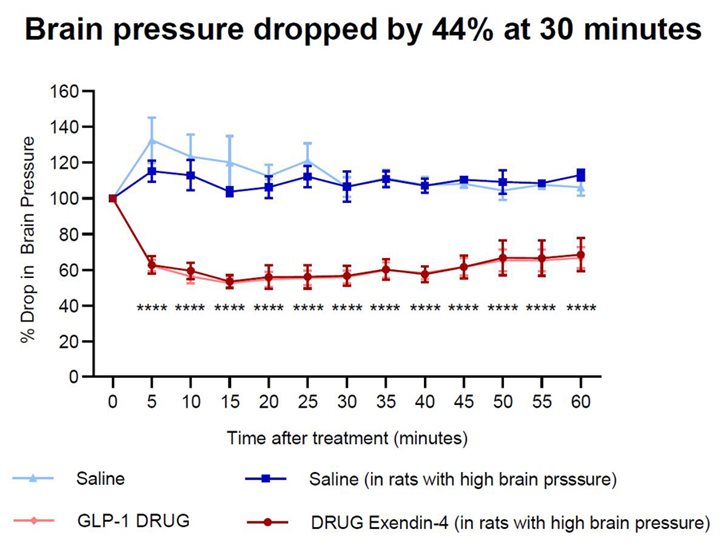

In recent reviews, Rossini and collaborators and Hallett and collaborators summarized the results obtained from measures of brain connectivity (including graph theory) and their application in neurological diseases, such as AD, across MRI, EEG and MEG techniques. Because of such characteristics, the EEG advanced analysis with graph theory might become a tool for large population screening in the near future.

Furthermore, studies of the graph derived from EEGs of AD patients were increasingly published, thanks to the low cost, large diffusion on the territory and non-invasiveness of the technique. Indeed, MCI subjects do not yet meet the diagnosis of dementia, but carry a remarkably high risk, since about half of them become demented during a 3 to 5 years follow-up. More recently, the distinctive features of physiological and pathological brain aging were explored in order to describe the modulation of graph theory parameters in AD compared to healthy elderly people as well as to mild cognitive impairment (MCI) subjects. Since then, numerous scientists have explored the modulation of both local and global connectivity as computed main indexes, such as PL, C and SW, in the M/EEG frequency bands and over the years, and various reviews have been produced. Moreover, EEG recordings can be carried out in more ecological conditions since they do not need any specific environment, in opposition to the need of a shielded room for the fMRI and MEG recordings. Structural connectivity has been usually assessed by high spatial resolution technologies, such as magnetic resonance imaging (MRI-tractography) functional and effective connectivity are largely dependent on calculating the correspondence of neural signals over time, using electrophysiological techniques, such as EEG, TMS-EEG and MEG, that have an excellent temporal resolution and are optimal for calculating such connectivity. Effective connectivity describes the set of causal/modulating effects of one neural assembly activity over another and defines their inner hierarchy. In fact, functional connectivity is time dependent and captures the patterns of deviations between distributed and often spatially remote neuronal units, measuring the statistical correlation or their time-dependent activity. Meanwhile, functional interactions contribute to modify the underlying structural substrate by modifying the synaptic connections (i.e., enlarging/reducing the synaptic knob area, forming new synapses, and pruning preexisting synapses). In fact, because the structural/anatomical input/output connections of a given brain region are the main constraints for its functional properties, structural brain connectivity does not rigidly determine neural interactions, but acts instead as a dynamic support that reduces the dimensionality of the neural network state space. The “functional connectivity space” is defined as the physical substrate in which all neural information processes happen, thus providing plausible biological boundaries for theories and inferences about neural interactions when analyzing functional neuroimaging data and developing computer simulations.

Anatomical connectivity refers to a network of synaptic connections linking sets of neurons or neuronal elements, as well as their associated structural biophysical attributes condensed in parameters, such as synaptic strength or effectiveness. Structural connectivity is based on anatomical constraints, that is, the set of physical (fibers) and structural (synaptic) connections linking neuronal units at a given time. Theoretically speaking, the analysis consists of three main types of connectivity: structural, functional and effective connectivity. In order to explain the mechanisms of brain networks, the “brain connectivity analysis” was created recently. It consists of 100 billions of neurons that reciprocally communicate through networks of connections. The brain is one of the most complex and less explored systems of the human body.


 0 kommentar(er)
0 kommentar(er)
